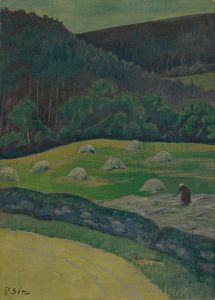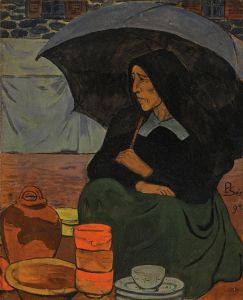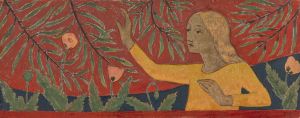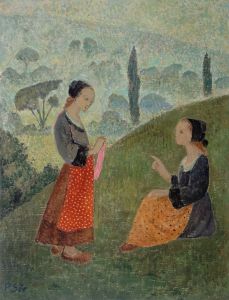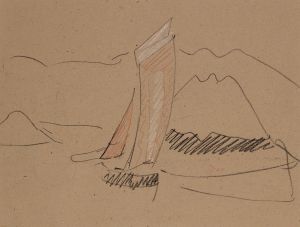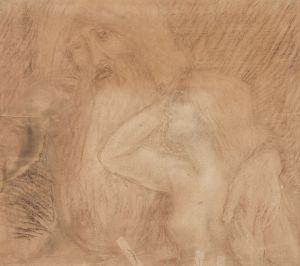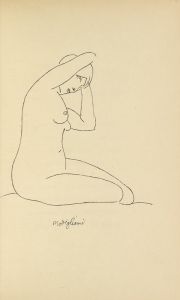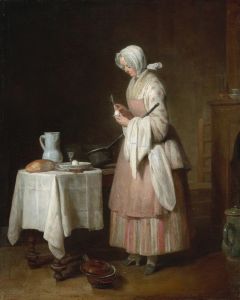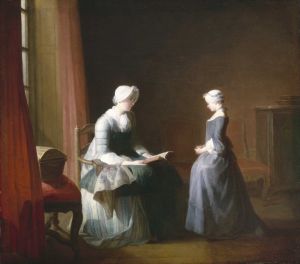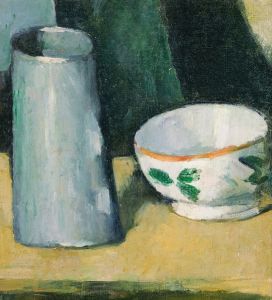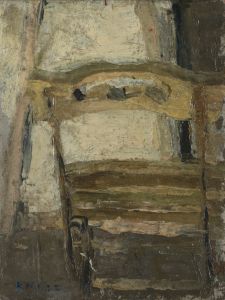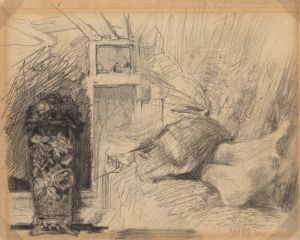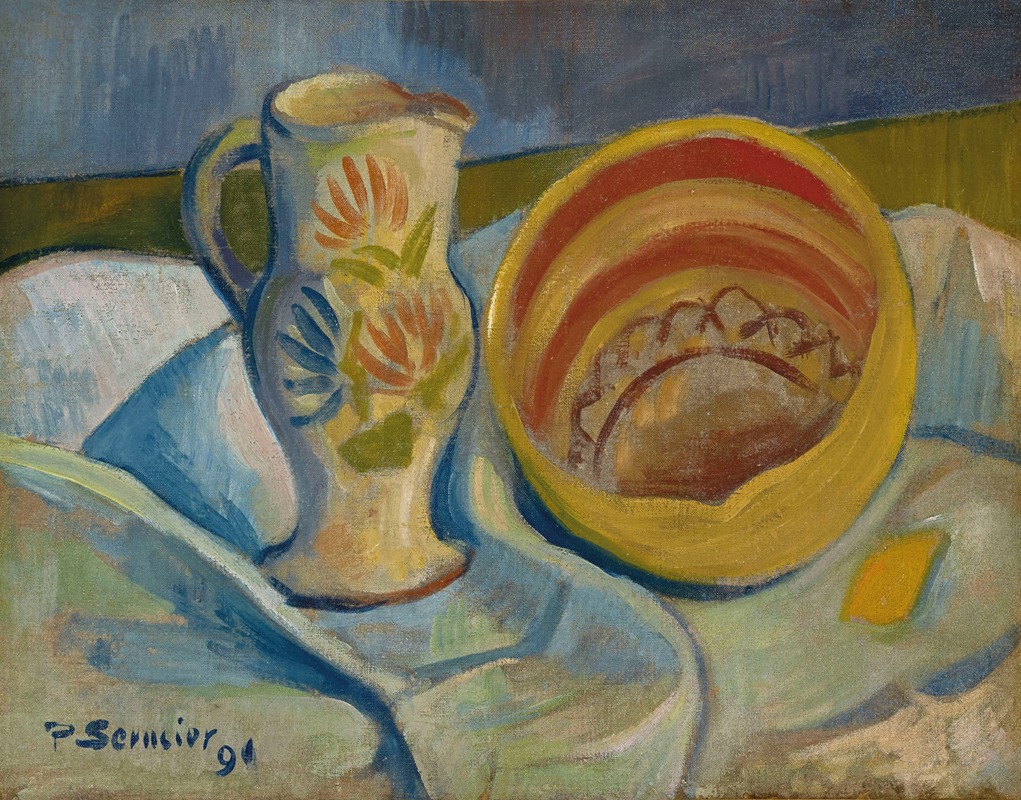
Nature morte au pichet blanc et saladier jaune
A hand-painted replica of Paul Sérusier’s masterpiece Nature morte au pichet blanc et saladier jaune, meticulously crafted by professional artists to capture the true essence of the original. Each piece is created with museum-quality canvas and rare mineral pigments, carefully painted by experienced artists with delicate brushstrokes and rich, layered colors to perfectly recreate the texture of the original artwork. Unlike machine-printed reproductions, this hand-painted version brings the painting to life, infused with the artist’s emotions and skill in every stroke. Whether for personal collection or home decoration, it instantly elevates the artistic atmosphere of any space.
"Nature morte au pichet blanc et saladier jaune" (Still Life with White Jug and Yellow Bowl) is a painting by the French artist Paul Sérusier. Sérusier, born on November 9, 1864, in Paris, was a prominent figure in the Post-Impressionist movement and a key member of the Nabis group, which sought to synthesize the expressive and symbolic qualities of color and form.
The painting "Nature morte au pichet blanc et saladier jaune" exemplifies Sérusier's interest in still life compositions, a genre that allowed him to explore the interplay of color, light, and form in a controlled setting. The work features a white jug and a yellow bowl, arranged on a surface with other objects that contribute to the overall composition. The use of bold, flat areas of color and simplified forms reflects the influence of Paul Gauguin, whom Sérusier met in 1888 in Pont-Aven, Brittany. This encounter had a profound impact on Sérusier's artistic development, leading him to adopt a more symbolic and abstract approach to painting.
Sérusier's technique in this painting demonstrates his departure from the naturalistic representation of objects. Instead, he focuses on the decorative and expressive potential of color. The white jug and yellow bowl are rendered with a sense of solidity and presence, yet they are also stylized, emphasizing their shapes and the relationships between them. The background and surrounding elements are treated with equal attention to color harmony and balance, creating a cohesive and visually engaging composition.
The Nabis group, of which Sérusier was a founding member, included artists such as Pierre Bonnard, Édouard Vuillard, and Maurice Denis. They were united by their interest in the spiritual and symbolic dimensions of art, as well as their rejection of the naturalistic conventions of the time. Sérusier's "Nature morte au pichet blanc et saladier jaune" reflects these principles, as it moves beyond mere representation to evoke a deeper, more subjective experience of the objects depicted.
Throughout his career, Sérusier continued to explore the themes and techniques that defined his work with the Nabis. He remained committed to the idea that art should be a synthesis of the artist's inner vision and the external world, a belief that is evident in his still life paintings. "Nature morte au pichet blanc et saladier jaune" is a testament to Sérusier's ability to transform everyday objects into compositions that resonate with color, form, and meaning.
Paul Sérusier's contributions to the Post-Impressionist movement and his role in the Nabis group have secured his place in the history of modern art. His innovative approach to color and form, as seen in "Nature morte au pichet blanc et saladier jaune," continues to be appreciated for its artistic and historical significance. Sérusier passed away on October 7, 1927, but his legacy endures through his influential works and the impact he had on his contemporaries and subsequent generations of artists.





